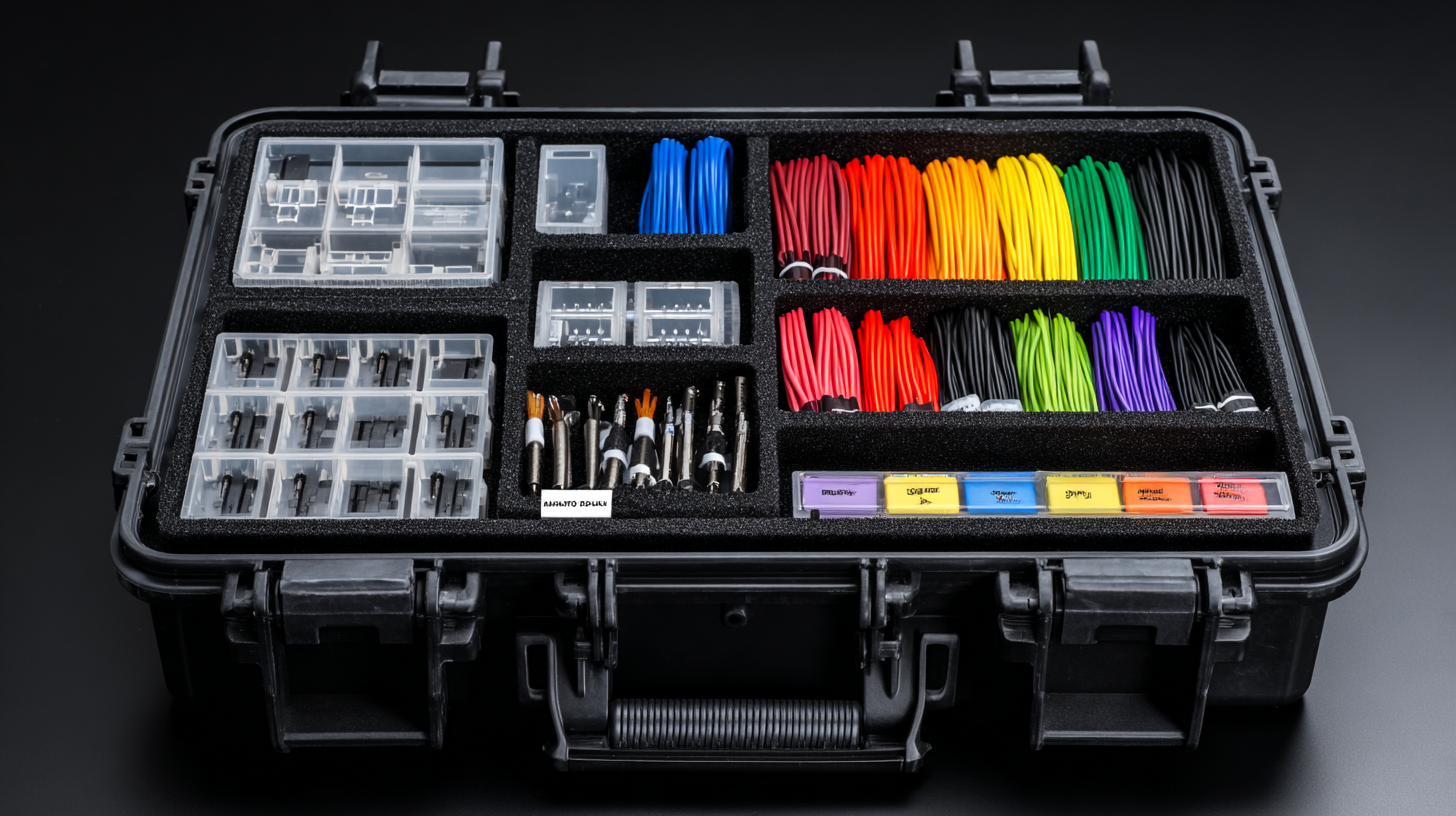7 Essential Tips for Choosing the Best Fiber Optic Termination Kit for Your Projects
In today's fast-paced technological landscape, selecting the right tools for your fiber optic projects is crucial. One of the most important components you will need is a high-quality fiber optic termination kit. These kits are designed to help you efficiently and effectively terminate fiber optic cables, ensuring optimal performance and reliability in your connectivity solutions. However, with a myriad of options available on the market, choosing the best fiber optic termination kit can be a daunting task. To simplify this process, we have compiled seven essential tips that will guide you in making an informed decision.

From understanding the different types of terminations to considering compatibility and tools included, these insights will not only enhance your project outcomes but also boost your overall efficiency in handling fiber optics. Let’s dive into these pivotal considerations that will help you choose the right kit for your specific needs.
Understanding Your Project Needs for a Fiber Optic Termination Kit
When selecting a fiber optic termination kit, it’s crucial to align your choice with the specific needs of your project. Understanding the type of installations you will be working on—whether they are residential, commercial, or large-scale deployment—will greatly influence your decision. According to recent industry reports, the demand for Fiber-to-the-Home (FTTH) installations is set to grow by 15% in the coming year, indicating a need for reliable and efficient termination kits tailored for this purpose.
Tip: Consider the connectors and adapters included in the termination kit. Some projects may require SC, LC, or ST connectors, and having the appropriate tools on hand for splicing and testing is essential.
Additionally, ensure that the kit you choose is compatible with the latest FTTH installation equipment. With advancements in technology and tools available in 2024, selecting a kit that accommodates these innovations will enhance your project's efficiency.
Tip: Assess the quality and durability of the components in the termination kit. Investing in high-standard equipment can reduce maintenance costs and downtime significantly in future projects.
Fiber Optic Termination Kit Features Comparison
This bar chart illustrates the importance ratings of various features to consider when choosing a fiber optic termination kit for different projects. The ratings are based on a scale of 1 to 10, with higher values indicating greater importance.
Key Features to Look for in a High-Quality Termination Kit
When selecting a fiber optic termination kit, understanding the key features is crucial for ensuring quality and efficiency in your projects. Firstly, look for kits that include a variety of adapters and connectors. This versatility not only accommodates different types of fiber but also enhances your capability to handle diverse installation scenarios. A comprehensive kit typically contains SC, LC, and ST connectors, ensuring you’re well-equipped for various applications.
Another significant feature to consider is the quality of the tools included. High-quality cleavers and strippers can greatly affect the precision and performance of your terminations. Opt for kits that come with precision tools, as they will help you achieve cleaner cuts and better fiber alignment, ultimately reducing the risk of signal loss. Additionally, consider the ease of use; a well-organized kit with clear instructions can streamline the termination process, making it suitable for both professionals and beginners alike. Prioritizing these features will ensure you select a termination kit that meets your project needs effectively.
7 Essential Tips for Choosing the Best Fiber Optic Termination Kit for Your Projects
| Feature | Importance | Recommended Specification | Notes |
|---|---|---|---|
| Connector Types | Variety of connectors for different applications | LC, SC, ST, MTP | Ensure compatability with existing systems |
| Tool Quality | Durability and performance | High-quality, certified tools | Look for warranty and reviews |
| Cable Compatibility | Supports different fiber types | Single-mode and Multi-mode | Check specific requirements for your project |
| Ease of Use | User-friendly design for faster termination | Simple instructions, intuitive layout | Training materials may be beneficial |
| Testing Equipment | Essential for validating installation | Optical Power Meter, Light Source | Included in the kit or bought separately |
| Case Design | Portability and storage | Durable, organized compartments | Consider size for job site mobility |
| Price | Value for money versus features offered | Mid-range to high-end options | Balance cost with quality and features |
Essential Tools Included in an Effective Fiber Optic Termination Kit
When selecting a fiber optic termination kit, it’s crucial to understand the essential tools that need to be included for effective project execution. A comprehensive kit typically contains a high-quality cleaver, which ensures precise fiber cutting for optimal performance. Additionally, a reliable dispersion compensating cable (DCC) should be part of the package, as this aids in minimizing signal loss during transmission.
Another vital component of an effective fiber optic termination kit is a fusion splicer. A fusion splicer allows for the seamless joining of fiber ends, guaranteeing low splice loss and long-lasting connections. Furthermore, an OTDR (Optical Time-Domain Reflectometer) is indispensable for testing and troubleshooting the network after setup. With these essential tools, technicians can ensure quality installations and maintenance for various fiber optic projects, ultimately leading to successful communication networks.
Comparing Different Types of Termination Methods and Their Benefits
When choosing the best fiber optic termination kit for your projects, understanding different termination methods and their benefits is crucial. Fiber optic technologies have advanced significantly, and with an estimated 20% compound annual growth rate (CAGR) in the global fiber optic market (MarketsandMarkets, 2021), the methods used for fiber termination are evolving as well. The two most common termination methods are mechanical splicing and fusion splicing. Mechanical splicing is popular for its simplicity and speed, often used in outdoor cabling where time is essential. Fusion splicing, on the other hand, is known for its low-loss performance and is favored in environments where maximum signal integrity is required.
Additionally, the choice of a termination kit should consider the tools included, like cleavers and testers, which influence the effectiveness of the termination process. Reports indicate that improper fiber termination can lead to signal loss of up to 50%, significantly impacting network performance (Fiber Optic Association, 2020). Therefore, selecting a termination kit that offers comprehensive tools for both methods ensures adaptability and efficiency in various project scenarios, aligning with industry standards and network demands.

Budget Considerations: Finding the Right Balance in Quality and Price
When selecting a fiber optic termination kit, budget considerations are paramount. It's crucial to strike the right balance between quality and price to ensure the longevity and effectiveness of your projects. Cheaper kits may save you money upfront, but they often compromise on the quality of tools and materials, resulting in poor performance and increased maintenance costs down the line. Investing in a reputable brand may require a higher initial expenditure, but it typically pays off in terms of reliability and durability.

When evaluating products, look for kits that offer essential tools and components without unnecessary extras that can inflate costs. Research and compare multiple options to find a kit that meets your project requirements while still being budget-friendly. Additionally, consider the long-term savings from using high-quality components that reduce the likelihood of failures and facilitate easier repairs. Ultimately, the right fiber optic termination kit should not only fit your budget but also empower you to complete your projects successfully and efficiently.






